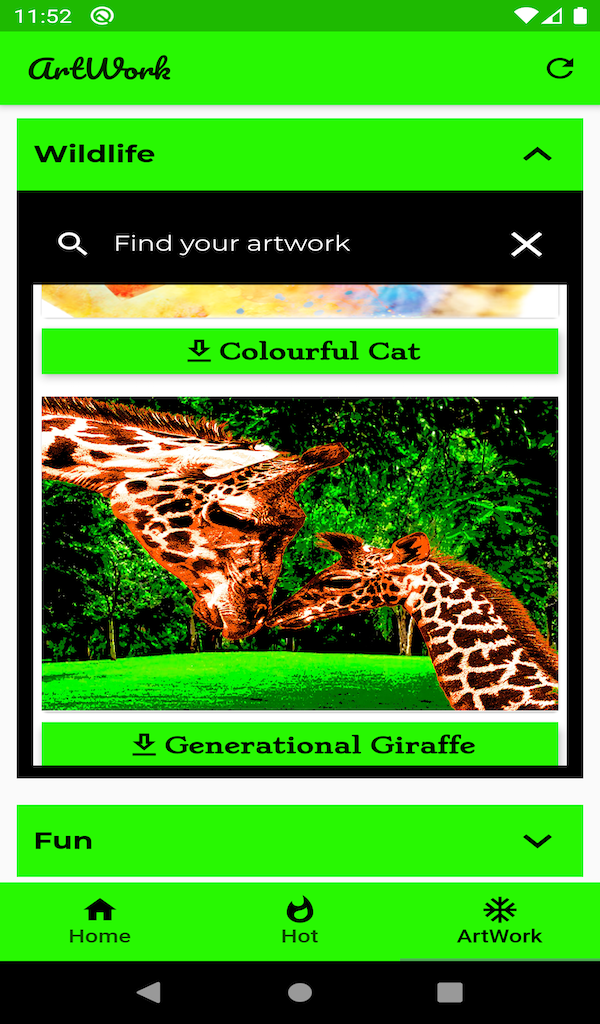Every two weeks, a language is at risk of disappearing. According to the UN, at least 50% of the 7,000 different languages spoken around the world today could either disappear or become seriously endangered by the end of this century, leading to a significant loss of cultural diversity.
“A language is not just words. It’s a culture, a tradition and a unification of a community, a whole history that creates what a community is,” as linguist Noam Chomsky once said.
To help stem the tide, a collaboration between myself and colleagues at the StoryLab research institute at Anglia Ruskin University and creative industry partner NowHere Media is exploring the use of virtual reality (VR) technology and immersive storytelling to try to revitalise endangered indigenous cultures and languages.
The results of our research interviews with participants suggest immersive stories, when created with communities, can be a powerful way of fostering group identity and promoting the long-term legacy and custodianship of cultural heritage.
Looking for something good? Cut through the noise with a carefully curated selection of the latest releases, live events and exhibitions, straight to your inbox every fortnight, on Fridays. Sign up here.
Created by NowHere Media before the start of our project, Kusunda VR is an immersive interactive film that encourages viewers to learn key words of the Kusunda language, which is under threat of disappearing in Nepal. The film documents the nomadic way of life of the Kusunda people. It features their language, in the form of interviews with its last remaining speakers.
NowHere Media worked closely with shaman Lil Bahadur, just one of 150 Kusunda speakers left in the world, and his granddaughter Hima to capture the nomadic Kusunda world and language. They used volumetric filming and photogrammetry – techniques that create a three-dimensional space and allow for a highly realistic and immersive environment – to be played using virtual reality technology. Voice-based interactions help viewers learn some words in the Kusunda language.
Lil almost lost his mother tongue when he gave up his hunter-gatherer lifestyle to live in the city at the age of 18. But researchers discovered that his teenage granddaughter was passionate about keeping her grandfather’s language – and culture – alive.
“If the Kusunda language disappears then the existence of the Kusunda people in Nepal will also fade away,” Hima told us. “We’ll lose our identity. That’s why I want to save our language.”
Hima began learning the language from community elder Gyani Maiya Sen-Kusunda, one of the last speakers of the language, an ambassador for its preservation and a teacher to the emerging generation. She was the original protagonist of Kusunda VR but died at the age of 83 in 2020 during the production of the film.
Immersive technology
StoryLab received a grant from the British Academy to evaluate the potential of immersive technology in bringing endangered languages back to life. Our research study, Reviving Kusunda, compared the interactive Kusunda VR experience alongside a short film created during the project. We wanted to to offer an insight into the role of immersive technologies in creating emotional understanding of the subject in comparison to regular film.
Audio-visual 2D formats such as film have played an important role over the last century in documenting and archiving cultural heritage such as oral traditions, language and traditional art forms. However, we are keen to know how new technologies, such as virtual and augmented reality, compare with existing audio-visual formats.
Participants in our research – both members of the Kusunda community in Nepal and the public in the UK – identified many benefits to using multiple formats. However, they expressed a clear preference for VR. They highlighted the importance of interactivity and immersion in engaging viewers in the subject matter. With the VR experience, viewers are part of the story – a key aspect that helps revive stories and memories from the past.
Participants considered VR especially effective in attracting their interest, creating a connection with the subject, and inspiring audiences to engage further with endangered languages and heritage.
When viewing the VR experience, participants said they felt like a character in the film, and were immersed within the action which made them feel a strong emotional connection. They also noted how crucial it was to “feel” like the Kusunda people. This opens a range of possibilities for the use of VR for the revitalisation of endangered heritage and languages.
The Reviving Kusunda project highlights how older speakers can educate younger generations about a language in a highly engaging way. We believe there are huge possibilities to use immersive 3D storytelling to revitalise other endangered languages.
After the success of the Reviving Kusunda project, StoryLab now leads a €3 million Horizon Europe project called Revive. This looks specifically at two endangered European languages – Griko, spoken in parts of southern Italy, and Cornish, a language spoken in Cornwall in the southwest of England.
This initiative brings together an international consortium of academic and industry partners to explore the integrated use of immersive technologies, data visualisation, archival research and co-creation to protect Europe’s heritage and linguistic capital.
The aim is for immersive, interactive experiences to be hosted in museums and visitor centres to raise awareness of a region’s culture, as well as adapted to help with more formal language learning in schools and colleges for future generations.
Participants of the Reviving Kusunda project universally acknowledged the unique way that VR can truly bring aspects of heritage to life, effectively “making intangible [heritage], tangible”.
In the words of one participant from the Kusunda community: “When I watched the VR today, I felt I was watching the stories grandmother used to tell me. They were in front of my eyes as if they were real.”
![]()
Fabrizio Galeazzi does not work for, consult, own shares in or receive funding from any company or organisation that would benefit from this article, and has disclosed no relevant affiliations beyond their academic appointment.


